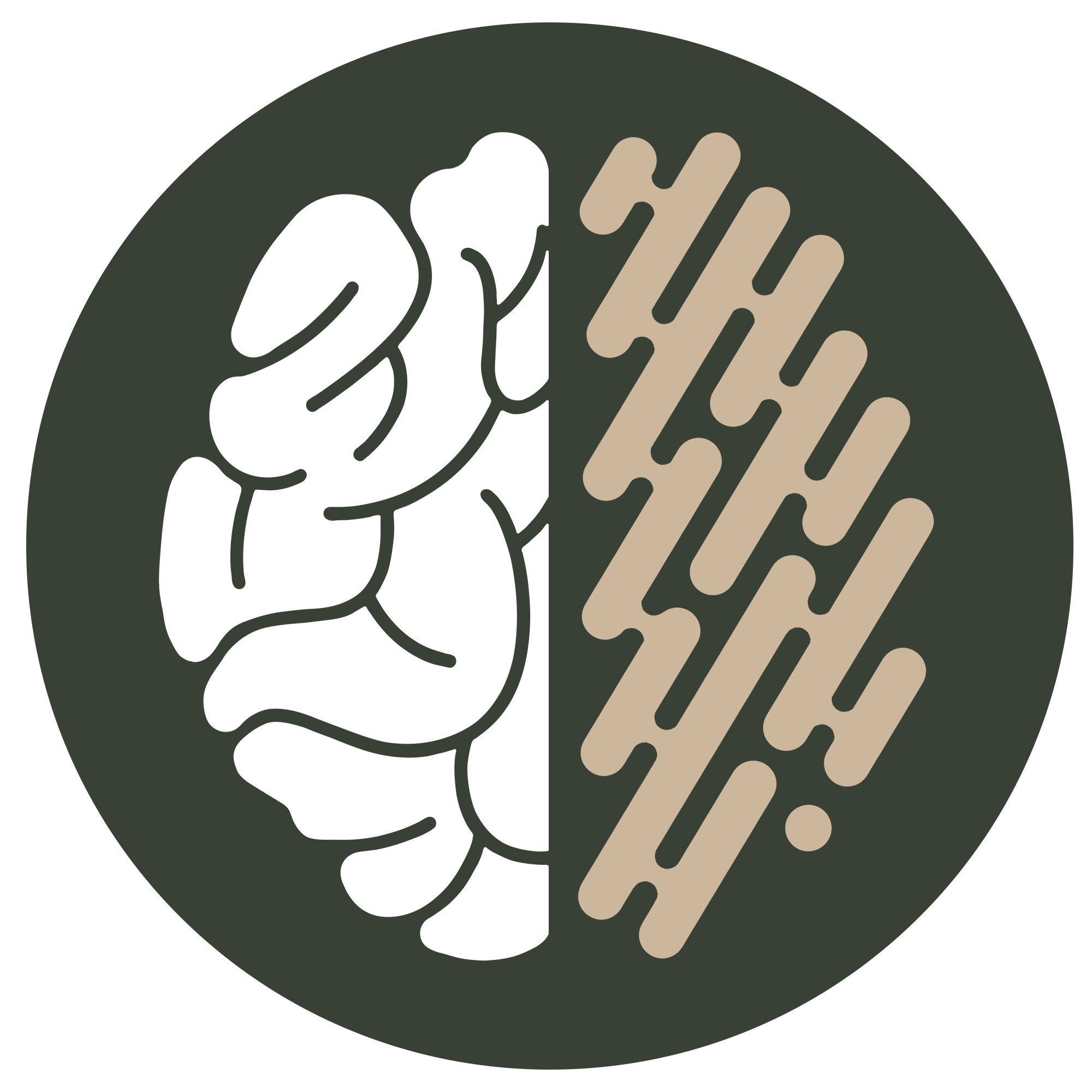The conversation around neurodiversity guidance at work has shifted dramatically in recent years, from silence, to awareness, and now, increasingly, to action. This shift was echoed in the recent update to ACAS’s guidance on supporting neurodivergent employees. A moment that marks both progress and potential.
We were proud to see our CEO, Josh Goodison, quoted in HR Magazine responding to the update. As a company deeply rooted in lived experience and organisational change, NeuroBridge® recognises the importance of strong, practical guidance for employers navigating this evolving landscape.
So, what did ACAS get right and what’s next?

The Shift – From Awareness to Responsibility
Neurodiversity is not a new concept. But for many workplaces, its application in day-to-day practice remains nascent. According to the CIPD, just 60% of employers currently view neuroinclusion as a strategic focus, and less than 40% provide meaningful support to neurodivergent staff.
That’s why this update matters. By acknowledging the specific needs of neurodivergent employees and offering tangible advice to employers, ACAS has taken a vital step in bridging the knowledge gap.
What ACAS Got Right on Neurodiversity Guidance at Work
1. Clarity on Adjustments
Too often, adjustments are only made reactively and even then, inconsistently. ACAS rightly frames adjustments as a proactive responsibility. Neuroinclusive workplaces don’t wait for disclosure; they build inclusive practices into the foundations of job design.
2. Normalising Neurodivergence
The guidance reflects a welcome move away from deficit-based thinking. Rather than framing neurodivergent traits as problems to be managed, ACAS encourages employers to value different cognitive styles an essential step in creating cultures of genuine inclusion.
3. Encouraging Open Conversations
Psychological safety is the bedrock of inclusion. By encouraging transparency and dialogue around neurodivergence, the guidance supports the kind of work cultures where individuals feel safe to be themselves and safe to thrive.
4. Making Inclusion Everyone’s Job
ACAS recognises that inclusion cannot be siloed to HR. From line managers to leadership teams, neuroinclusion must be embedded across the organisation. This echoes our own belief at NeuroBridge: inclusion is a shared responsibility, not a delegated task.

Where We Must Go Further
While ACAS’s update on neurodiversity guidance at work is a significant step forward, there’s more ground to cover. Intersectionality, for example, is absent from the current guidance. Neurodivergent individuals may also navigate other forms of marginalisation across race, gender, sexuality, or disability. Effective inclusion demands we consider these layers.
Additionally, the nuanced realities of masking, co-occurring conditions, and the impact of late diagnoses deserve greater attention. These are not peripheral issues, they are central to the lived experiences of many neurodivergent professionals.
At NeuroBridge, we see this as an opportunity. With the right collaboration between policymakers, employers, and neurodivergent voices, we can build on this foundation to create truly transformative guidance.
Turning Guidance into Action
For HR and DEI leaders, the path forward is clear and urgent. Here are a few first steps:
- Audit your workplace practices. From recruitment to performance reviews, with neurodivergent perspectives in mind.
- Invest in awareness training that is neurodiversity-affirming, co-produced, and practical.
- Normalise adjustments. Make them part of how jobs are designed, not dependent on disclosure.
- Listen to lived experience. Include neurodivergent voices in decision-making, policy design, and training delivery.
A Meaningful Step
ACAS’s new neurodiversity at work guidance is not just a policy update, it’s a signal. It reflects the growing recognition that neurodiversity is a vital part of workplace inclusion, and that supporting neurodivergent professionals is not just a legal obligation, it’s a moral and strategic imperative.
At NeuroBridge, we’re here to help you turn this guidance into meaningful change. Because when workplaces truly embrace neurodiversity, everyone benefits, from enhanced innovation to deeper belonging.



